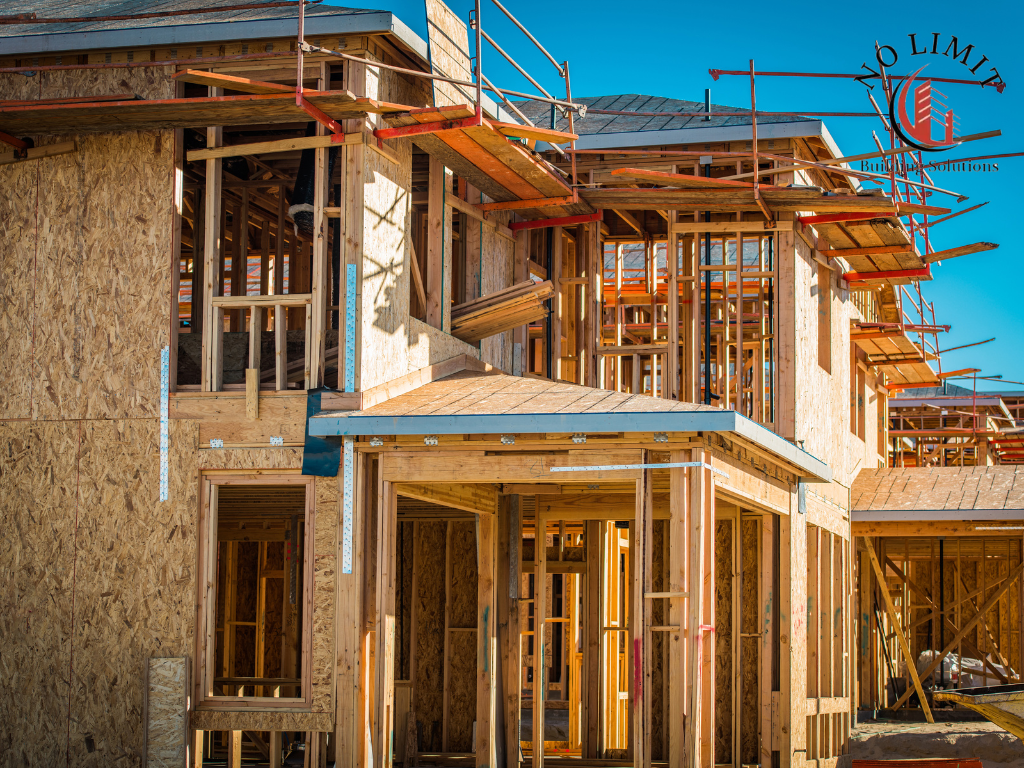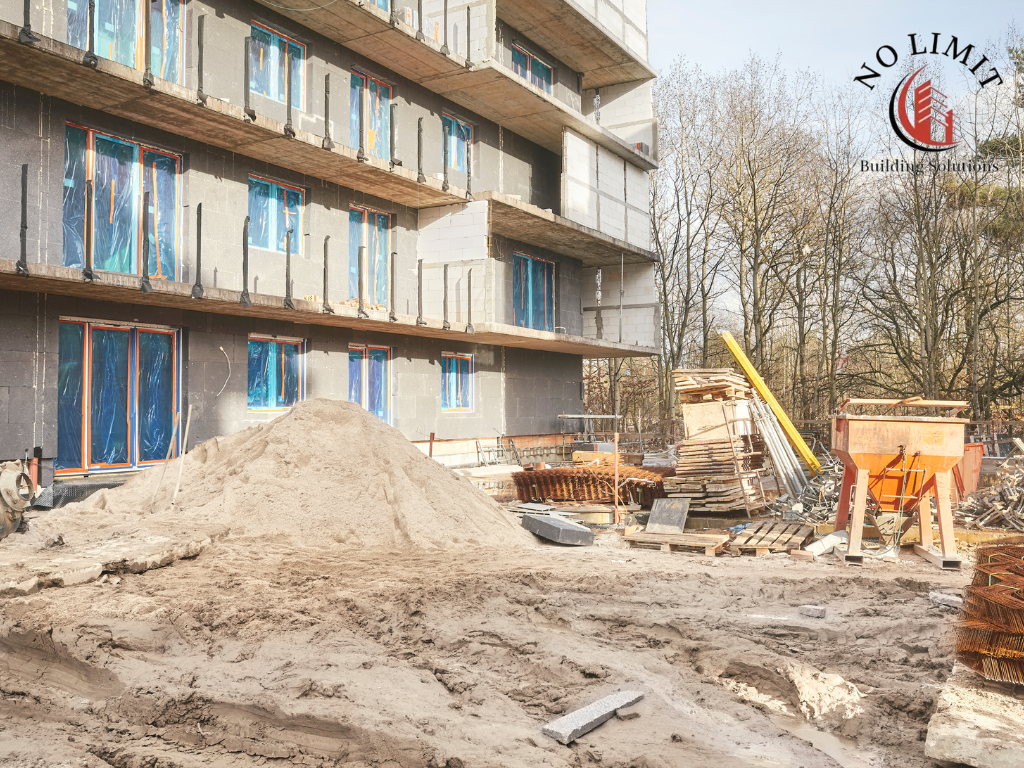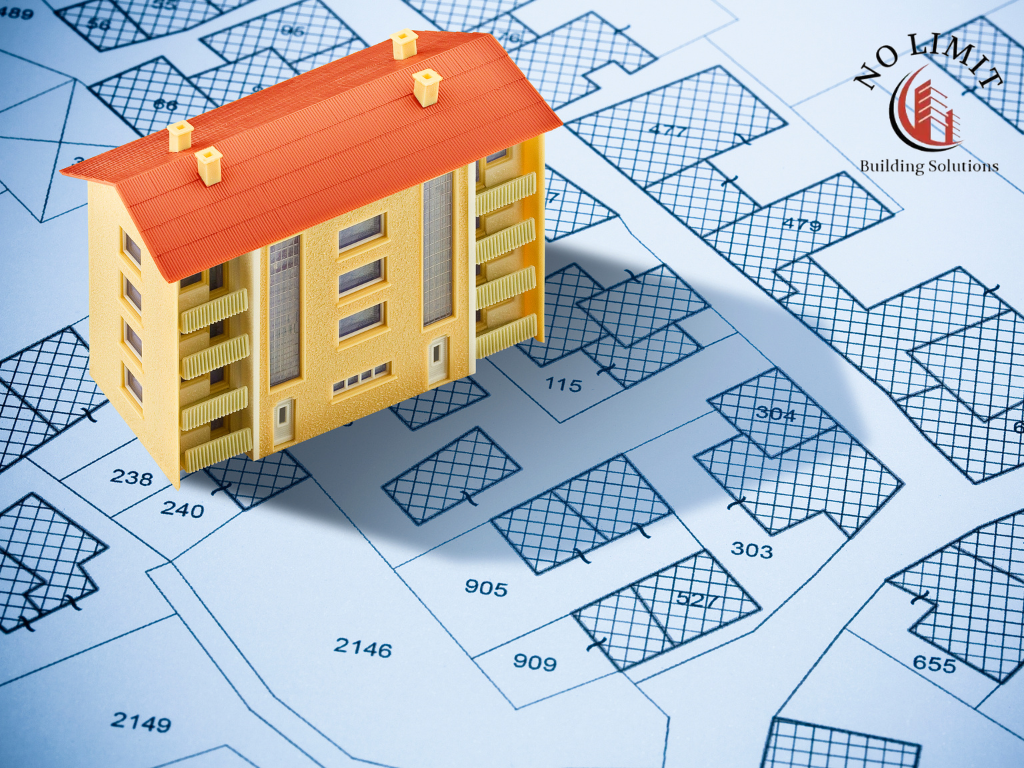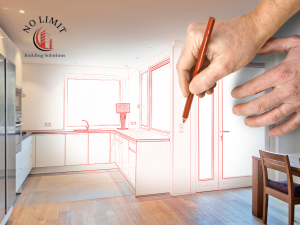Architects and designers play a crucial role in enhancing the home building process of residential builder. Their expertise transforms your vision into practical, buildable designs, ensuring that your home not only looks aesthetically pleasing but is also structurally sound and functional. By collaborating closely with these professionals, you can achieve a seamless blend of creativity and practicality, bringing your dream home to life.
Overview of the Eastern Suburbs Building Landscape
The Eastern Suburbs of Sydney are known for their unique architectural styles and preferences. This area features a mix of classic and contemporary designs, often influenced by the coastal environment. Local building regulations can be complex, but experienced architects and designers are well-versed in navigating these rules, ensuring that your project complies with all necessary standards and regulations.
Finding the Right Architect

Identifying Your Needs and Preferences
Determining what you want in a new home or Renovations Home Eastern Suburbs project is the first step in the process. Start by listing your must-haves and nice-to-haves, considering aspects like layout, functionality, and aesthetic appeal. This clarity will help you communicate effectively with potential architects and designers, ensuring they understand your vision.
Researching Potential Architects
Finding the right architect involves thorough research. Look for architects who specialize in Residential Builder Eastern Suburbs projects. Utilize online directories, read reviews, and seek recommendations through word-of-mouth. This approach will help you identify reputable professionals with a proven track record in your area.
Selecting a Designer for Home Renovations
Role of a Designer in Home Renovations Eastern Suburbs
A home designer’s role in renovation projects is multifaceted. They not only help in the aesthetic redesign of spaces but also ensure that functional aspects are optimized. Having a designer during the renovation process can significantly enhance the final outcome, making sure that all elements work harmoniously.
Vetting Designers
When vetting designers, look for key qualifications and relevant experience. Assess their portfolio to understand their style and capabilities. Ask pertinent questions about their approach to projects similar to yours, their process, and their timeline. This will help you gauge their suitability for your renovation needs.
Collaborative Design Process

Initial Consultation and Conceptualization
During the initial meetings with your architect and designer, you can expect to discuss your vision, preferences, and requirements for the project. This is the time to share ideas, inspirations, and any specific needs you have. Effective communication is key—clearly explain your vision, perhaps using visual aids like photos or sketches to convey your ideas. This initial consultation sets the foundation for the project and ensures that the design team understands your goals.
Design Development and Feedback
The design development phase involves creating detailed plans and drawings based on the initial consultation. This stage is iterative, meaning your feedback is crucial. Review the designs carefully and provide constructive feedback. Open communication and collaboration during this phase ensure that the final design aligns with your vision and functional needs. Regular meetings and updates help keep the project on track and allow for any necessary adjustments.
Technical Aspects and Compliance
Understanding Technical Drawings and Blueprints
Architectural drawings and blueprints are essential documents that guide the building process. These detailed plans include information on dimensions, materials, and construction techniques. Understanding these documents helps you follow the project’s progress and make informed decisions. Architects and designers can explain these technical aspects, ensuring you grasp how your vision translates into structural reality.
Navigating Building Codes and Regulations
Compliance with local building codes and regulations is crucial for any construction project. In the Eastern Suburbs, these regulations can be complex. Your architect plays a vital role in ensuring that the design meets all legal requirements, from structural integrity to safety standards. This involves obtaining necessary permits and adhering to zoning laws, ensuring a smooth approval process and avoiding potential legal issues.
Budgeting and Cost Management

Estimating Design and Construction Costs
Accurately estimating costs is a critical aspect of the design and construction process. Architects and designers use their expertise to provide detailed cost estimates, considering factors such as materials, labor, and project scope. Understanding these estimates helps you plan financially and avoid unexpected expenses. Clear, upfront discussions about budget constraints ensure that the project stays within financial limits.
Keeping the Project Within Budget
Managing costs effectively requires strategic planning and ongoing communication. Your architect and builder can offer cost-saving strategies without compromising on quality. Regular budget reviews and adjustments help keep the project financially on track. By working closely with your design and construction team, you can make informed decisions that align with your budget while achieving your desired outcomes.
Communication and Project Management
Setting Clear Communication Channels
Effective communication is vital for the success of any construction project. Regular updates and clear communication channels between you, your architect, and your designer help ensure that everyone is on the same page. Here are some key points to consider:
- Importance of Regular Communication: Consistent communication helps prevent misunderstandings and ensures that any issues are addressed promptly. Regular meetings and updates allow for real-time adjustments and keep the project moving smoothly.
- Tools and Practices for Effective Project Communication: Utilize tools like project management software, email, and scheduled meetings to maintain clear and open lines of communication. Project management platforms can track progress, document changes, and facilitate collaboration among all parties involved.
Project Management Best Practices
Effective project management is crucial for staying on schedule and within budget. The role of the architect and designer extends beyond the initial design phase; they also play a key role in overseeing the project. Here’s how to manage your project effectively:
- Role of the Architect and Designer in Managing the Project Timeline: Your architect and designer are responsible for coordinating with contractors, ensuring that milestones are met, and maintaining the overall project timeline. They oversee the day-to-day progress and troubleshoot any issues that arise.
- How to Address and Resolve Issues During the Construction Process: Inevitably, challenges will arise during construction. Establishing a process for addressing these issues quickly and effectively is crucial. This includes regular site visits, clear documentation of any changes, and a proactive approach to problem-solving.
Conclusion
Choosing the right professionals for your residential building or renovation project in the Eastern Suburbs is crucial. Collaborating with skilled architects and designers ensures that your vision is translated into reality while maintaining compliance with local regulations. Clear communication and effective project management are essential for staying on schedule and within budget.




